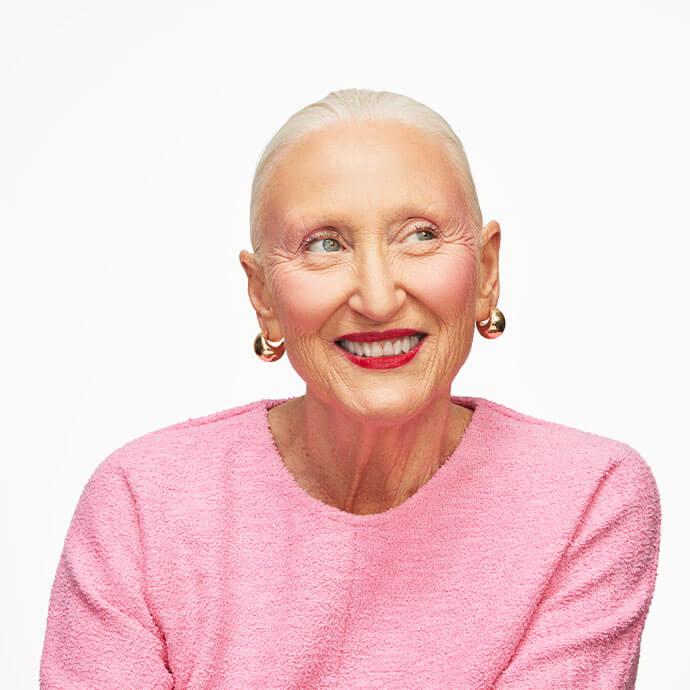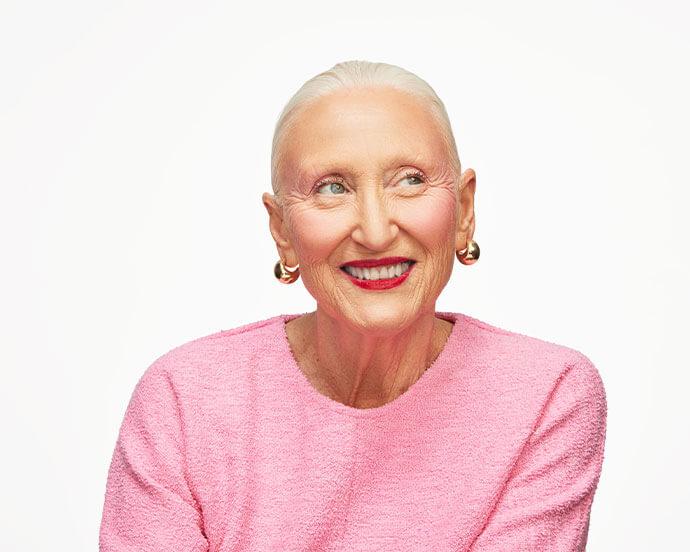Does a Higher SPF Number Mean Better Sun Protection?



Runa Bhattacharya


We know that you know the importance of wearing sunscreen every single day until the end of time. It’s the one beauty truth that applies to everyone. SPF is the key to skin wellness, lowering your risk of skin cancer and melanoma, slowing down skin aging, and giving you that gorgeous summer glow (minus the sunburn and skin damage). Since it’s an everyday necessity, you’d think shopping for SPF would be as easy as picking up a carton of milk, right?
Truth is, when it comes to choosing the best sunscreen, what the majority of us have in common is confusion about which SPF numbers are the most effective and what they really mean. Is choosing the highest SPF by going straight for the bottle of SPF 100 the best choice? Or is an SPF 30 or SPF 50 enough to keep us safe from the sun’s rays? Come to think of it, does a higher SPF do a better job of protecting our skin from all UV radiation (both UVA rays and UVB rays) than a lower one? We talked to board-certified dermatologist Rachel Nazarian, MD, FAAD, for a definitive breakdown of what SPF values really mean.


It's about glam time you treated yourself.
MEET THE EXPERT
Rachel Nazarian, MD, FAAD, is a board-certified dermatologist in New York City.
What Does the SPF Number Really Mean?
“SPF stands for Sun Protection Factor. The number next to it indicates the relative amount of more time someone can be exposed to UV rays without burning compared to if they didn’t have protection on at all (for example, SPF 10 allows you 10 times the time in the sun),” says Dr. Nazarian. In that respect, applying an SPF 50 would allow you 50 times the amount of time in the sun before you would burn as opposed to the amount of time it would take you to burn if you weren't wearing sunscreen (which we would never do!). So the belief that applying an SPF 75 will give you exactly 75 minutes of protection from the sun’s harmful rays is one of the biggest skincare myths out there.
However, the catch is that SPF numbers are only accurate in a perfect world scenario, which means application and reapplication exactly as directed is super important. According to Dr. Nazarian, this is “Every two hours if you’re outdoors, or immediately after being in the water and toweling off.” In other words, SPF numbers have more to do with length of time it would take you to burn only if applied perfectly, rather than strength or concentration, so picking an SPF 100 over and SPF 50 just for the higher SPF rating, without applying and reapplying the right way, can give you a false sense of security about your level of protection when you’re out in the sun.
Is Higher SPF Always Better?
Yes, for the most part. When it comes to choosing between lower and higher SPF numbers, The Skin Cancer Foundation recommends an SPF 15 or higher if you’re spending most of your day inside, with short intervals of time outside and a water-resistant, broad-spectrum, SPF 30 or higher if you're spending the day outside in the sun. In a nutshell, the numbers do matter, depending on your level of activity and how diligent you are about applying your sunscreen correctly. What also matters? UV protection. It’s important to note that most SPF only protects your skin from the UVB rays, not all types of UV exposure. “The primary rays that come from the sun are ultraviolet A and B. Ultraviolet A is a longer wavelength and can penetrate deeper into the skin, damaging collagen, and leading to premature skin aging. This means more wrinkles, sagging, and deep skin damage. Ultraviolet B is a shorter wavelength and is the one that can cause sunburns and redness,” Dr. Nazarian tells us. So when you’re shopping for an SPF product, look for a broad-spectrum sunscreen which includes both UVA and UVB protection.
Dr. Nazarian recommends a high SPF sunscreen over a lower one (because of the fact that we are human, don’t live in a lab and there’s always that chance of slipping up when it comes to applying and reapplying on the beach). “Beyond SPF 30, sun protection incrementally decreases with each higher SPF level, but given the often inadequate method of application, I urge for higher SPF. The FDA's standard for this in testing is to apply 2 milligrams of sunscreen on every square centimeter of skin, for your face alone. That translates into 1/2 a teaspoon of sunscreen, which is a really thick later for many people. The higher the number the better, so that if inadequate application is done, protection is still possible,” Dr. Nazarian adds.
Are There Any Downsides to Using a Higher SPF?
Texture is a big factor. “Higher SPFs tend to be thicker, heavier, and a little more occlusive, but that being said, sunscreens are also becoming more evolved these days, and you can often find higher SPFs that still feel super lightweight. All things equal, and if you like how it feels on your skin, I would still recommend always opting for the highest tolerable SPF,” recommends Dr. Nazarian. If you’re looking for a lightweight SPF that feels comfy on skin, we love FIRST AID BEAUTY Ultra Repair Face Moisturizer SPF 30. It’s made with glycerin to help keep skin feeling smooth and hydrated. Some other downsides include that false sense of security, the common misconception that SPF numbers relate to minutes that you have before needing to reapply, strength of sun exposure protection, and that all offer broad-spectrum protection from all types of UV radiation.
SPF 100 vs. SPF 30: Which Is Better?
When it comes to protecting against harmful rays, the biggest jump in UVB protection actually happens between SPF 15 which shields you from 93 percent of UVB rays and SPF 30, which shields 97 percent. SPF 50 protects against 98 percent and SPF 100 against 99 percent. So if you’re debating between the two, the level of protection from the UV rays that burn is minimal. An SPF 100 can offer some wiggle room if you’re spending a long day out in the sun. However, if you’re really good about applying and reapplying, an SPF 30 will provide you with just as effective protection. What’s most important is that the sunscreen you’re using (whether its a lotion, cream, moisturizer, stick, or spray), is broad-spectrum protecting you from all types of UVA radiation and UVB radiation, is water-resistant so you’re protected while you splash around, and comes in formulations that you’re comfortable wearing and won’t hesitate to reapply.
Want more summer skincare tips? Take our Beauty Quiz now to get started with your own IPSY beauty subscription. Already an IPSY member? Refer your friends to earn points, which you can use toward products. Either way, don’t forget to check us out on Instagram and TikTok @IPSY.
Like this article? Share it with your friends by clicking the icons below!
Liked this post? Share!
Related Stories


Skin
How to Adjust Your Skincare Routine for Mature Skin in the Winter
Published on Dec 4, 2025 • 7 min read


Skin
Meet the Best Moisturizers for Winter, According to Dermatologists
Published on Dec 1, 2025 • 9 min read


Skin
What Is Inflammaging—and Why Everyone’s Talking About It
Published on Dec 1, 2025 • 8 min read


Skin
6 Skincare Trends to Have on Your Radar in 2026, According to Experts
Published on Dec 1, 2025 • 7 min read


Skin
We Grabbed Our Crystal Ball and Found These 6 Skincare Predictions for 2025
Published on Dec 10, 2024 • 7 min read


Skin
Simple Self-Care Tips That Actually Make a Difference
Published on Nov 13, 2025 • 12 min read


Skin
These 9 Face Scrubs Will Unlock Soft and Smooth Skin on Contact
Published on Nov 5, 2025 • 10 min read


Skin
10 Thanksgiving Foods That Will Have Your Skin Coming Back for Seconds
Published on Oct 15, 2025 • 7 min read


Beauty Picked Just for You
Get 5 products worth up to $70
Plus exclusive access to epic deals up to 80% off
Starting at just $14/month. Cancel anytime.